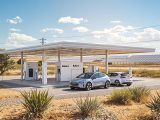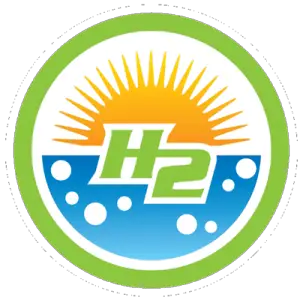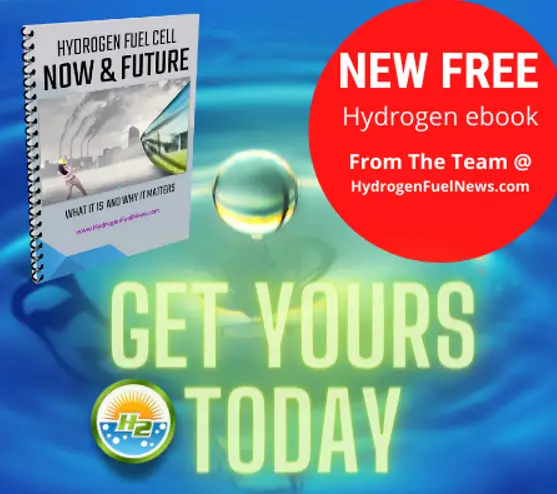
BarMar Hydrogen Pipeline Project to Link Spain and France in Major Clean Energy Push
July 3, 2025Europe is diving deep—literally—into a cleaner energy future. Three energy heavyweights—Enagás, Natran (a subsidiary of Engie), and Teréga—have just launched a bold joint venture to build the BarMar hydrogen pipeline. This isn’t just your average infrastructure project. Once complete, it’ll be the first subsea pipeline in the world made solely for transporting renewable hydrogen. Welcome to the future of hydrogen infrastructure.
A hydrogen lifeline from Iberia to Central Europe
Stretching roughly 400 to 450 kilometers under the Mediterranean, BarMar will directly link Barcelona in Spain with Marseille in France. It’s not just a pipe—it’s a game-changer. With a projected capacity of 2 million metric tons of hydrogen per year, that’s about 10% of the EU’s estimated hydrogen demand by 2030.
The full launch is aimed for 2030, depending on final investment decisions expected after 2028. And the EU’s backing is no small thing—the project’s been officially recognized as a Project of Common Interest and is set to receive up to 50% funding support from Brussels. That stamp of approval helps turn this visionary pipeline into a real, metal-and-seawater backbone for Europe’s green hydrogen future.
Why BarMar matters: climate, security, and sovereignty
The motivation is crystal clear. The EU is racing to decarbonize industry and reduce its dependence on fossil gas, especially in light of recent geopolitical upheavals that turned Europe’s energy game upside down. That’s where the larger H2Med project comes in—this massive hydrogen corridor runs from Portugal, across Spain and France, and is ultimately aimed at linking to Germany.
BarMar is one vital puzzle piece. By connecting national hydrogen infrastructure and storage hubs, it makes the entire operation stronger and more resilient. It also fuels the rise of so-called hydrogen valleys—clusters where hydrogen is produced, stored, and used locally. That translates into serious momentum for industrial decarbonization, regional job growth, and a new wave of energy innovation.
Who’s behind the curtain?
- Enagás (Spain): A seasoned leader in gas networks and a major player in pushing hydrogen forward on the Iberian Peninsula.
- Natran (France): Engie’s transmission arm, bringing the smarts when it comes to building out the grid.
- Teréga (France): Experts in gas storage, with key infrastructure in southwest France.
They’re not going it alone. GRTgaz and Open Grid Europe (OGE) have also joined the broader H2Med effort, making this a true cross-border collaboration to reshape how clean energy flows across the continent.
Pushing boundaries: big ambition, big risks
Let’s be real—it’s a monumental task, and it won’t come without some hurdles. Here’s what’s on the radar:
- Engineering the unknown: High-pressure hydrogen under the sea, at depths reaching 120 meters, hasn’t exactly been trialed at this scale.
- Budget blind spots: Costs are still somewhat foggy, so eyes are on potential overruns.
- Matching supply with demand: The industrial appetite for clean hydrogen in the early years remains a bit of a question mark.
Even so, the general vibe is: no risk, no reward. One project lead put it bluntly: “If Europe wants to be energy independent and globally competitive, it needs real infrastructure—like BarMar—not just PowerPoint slides and good intentions.”
Beyond the blueprints: local and global ripples
BarMar isn’t just about connecting two dots on a map. It’ll energize two important and forward-thinking regions: Catalonia and Provence-Alpes-Côte d’Azur. Think upgraded ports, hydrogen pilot zones, and heavy industry ready to switch to green hydrogen. It’s a chance for both areas to get ahead in the energy transition—and maybe even snag global leadership on hydrogen tech.
In the long run, this corridor could mean more jobs, more investment in start-ups, and a deeper footprint for Europe in the global clean energy game.
Bottom line: Europe’s clean energy race just leveled up
Let’s not sugarcoat it—the next decade is going to set the tone for how Europe shows up in the climate conversation. BarMar isn’t some high-concept moonshot; it’s a grounded bet on real, tangible hydrogen infrastructure. While the hydrogen economy still has plenty of growing up to do, one thing’s for sure: no clean future happens without big, physical moves like this.
The clock is ticking. The pipeline won’t break seabed until that final green light—expected after 2028—but the race has already started. And with BarMar, Europe isn’t tiptoeing into net-zero; it’s diving in headfirst.



 With over 15 years of reporting hydrogen news, we are your premier source for the latest updates and insights in hydrogen and renewable energy.
With over 15 years of reporting hydrogen news, we are your premier source for the latest updates and insights in hydrogen and renewable energy.